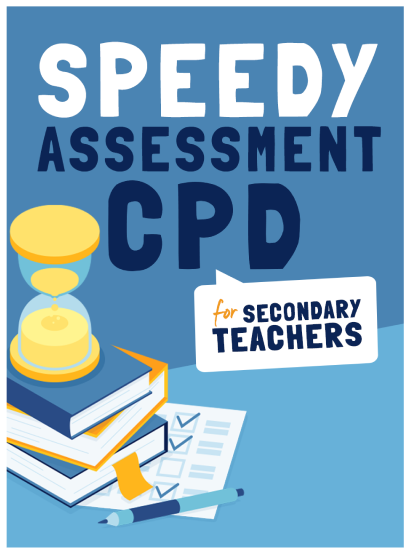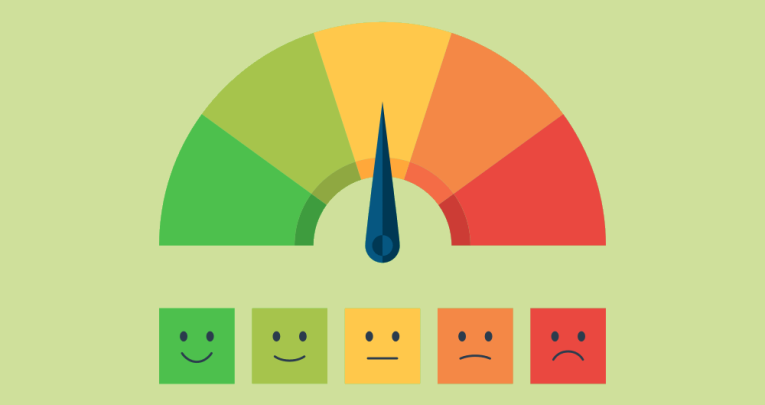Digital assessment – What impact can it have on teaching and learning?

It’s just a matter of time until formal assessments are carried out digitally, rather than on paper, observes Monir El Moudden – but there remain a few challenges to overcome first…

Teachers and students have emerged from the pandemic having learnt a huge amount about online learning, and how it can be best delivered.
We all saw the need for resilience in the tech-enabled systems used by schools across the world, and witnessed the ability of teachers to adapt to change at a moment’s notice.
Yet while some schools and teachers have continued to use digital assessments wherever possible, many others have opted to return to traditional paper-based exams.
So, as the pandemic was dramatically changing the landscape of education, I embarked on a school-based practitioner inquiry with the aim of evaluating the impact digital assessments were having on teaching and learning processes, as well as student outcomes.
Frame of reference
Assessments are an essential part of the teaching and learning process, particularly when evaluating students’ work and performance. Educators’ motivations for transitioning away from paper-based assessment models often include the desire to implement assessment approaches more in line with our increasingly digital society, opportunities to enhance the validity of assessments and the potential for improvements to teaching and learning.
My research sample consisted of six teachers – three computer science teachers and three non-computer science teachers – and 43 students spread across Y10 to Y12 due to sit their GCSE and A Level exams in 2023. Half the teachers reported having some experience of using digital assessments, whilst the other half described their experience as limited.
The students from my sample sat five online/onscreen tests using Microsoft Assignments
and two traditional paper-based exams. I also compared the results of students who took the digital exams
with a group that sat the same test on paper, to measure any improved learning outcomes.
Compelling benefits
There is evidence that online/onscreen assessments, when employed in this way, offer clear benefits for teachers and schools. These include the prospect of auto-marking (whereby student answers can be automatically compared to a set of accepted responses), ease of providing feedback and record-keeping, a reduced possibility of marking errors and bypassing of physical distribution issues (papers going missing, transport of heavy volumes of paper and so forth).
Exams can also be repeated multiple times without having to mass produce additional paper scripts, and there’s the potential to carry out question-by-question analysis with reference to an overview of all responses. The marking and feedback stages of the assessment process are certainly much quicker and easier to complete than with paper-based exams.
Half of those teachers interviewed observed that the process as a whole was quicker to implement, saving them at least 30 minutes of time. Those teachers possessing more experience in implementing online/onscreen assessments indicated that they could save as much as 100 minutes on each assessment cycle per class. It seemed the more teachers used online/onscreen assessments, the quicker the process became to implement.
Students got to benefit too. On a difficulty scale of 1 to 10 (10 being very easy, 1 being very difficult) the score averaged out at 7.98, with 39 out of 43 students selecting 7 or better. 44% of my sample found online/onscreen assessments easier and quicker to implement, removing some of the anxieties caused by ineligible handwritten responses. Answers were easier to check, and it was easier to navigate between both questions and pages.
More compelling still was the impact that online/onscreen assessments had on students’ learning outcomes. In almost all cases, taken from five separate assessments over the course of the year, classes that sat online/onscreen exams outperformed those that sat a paper-based equivalent by an average of 5%.
Trending
What are the roadblocks?
When asked to identify the challenges involved in using onscreen/online assessments, teachers cited access to computer equipment, unreliable internet connections and the need for staff and students to receive training before using digital assessment solutions.
Half the teachers pointed to the limited tools available in Microsoft Assignments for letting students draw diagrams and show working without the use of a stylus (an option typically not available on desktop machines).
The most challenging factor was variable IT provision across different departments, which could restrict the ability of some departments to prepare themselves at pace, potentially leading to unfair outcomes for students. This was compounded by different departments often using a variety of desktop machines, laptops and tablets, all with different operating systems and web browsers. This could give rise to software compatibility issues and inconsistent hardware specifications across whole cohorts, affecting the likelihood of all students being able to sit their exams at the same time.
It was clear that teachers and students would require robust internet connections to ensure reliable access to assessment and lesson resources, and comprehensive technical support so that any issues could be resolved promptly. For their part, schools would need to be given adequate training and time to practice administering digital assessments, thus giving teachers more confidence and the capacity to provide their students with appropriate support.
Another key concern raised by the group was that digital assessments made malpractice harder to detect and challenge, As such, there would need to be careful consideration over how best to monitor this and maintain the accuracy of assessments, so that no student would ever be unfairly disadvantaged.
Net positives
A comprehensive introduction of digital assessments would require schools to overcome numerous digital challenges – something the DfE itself recognises, having published guidance for schools on meeting IT service and digital equipment standards in March 2022.
The DfE is known to be considering making more extensive use of digital exams within formal assessment, and is keen to explore its potential applications over the next three years.
Via my practitioner inquiry, I’ve seen first-hand how digital assessment can deliver net positives when it comes to workload, workflows and assessment processes. The evidence of student performance improving through the use of digital assessments seems positive, though it’s still too early for conclusions – at least until more data is gathered from multiple departments across different schools.
I would therefore encourage school leaders across the country to begin collecting data from within their school settings, and commence the process of preparing their staff and students for the very likely prospect of formal paper-based assessments giving way to online/onscreen equivalents.
Monir El Moudden (@monirelmoudden) has taught computer science for over 13 years and is currently based at an independent school in London; his full report into onscreen/online assessments is due for publication in autumn 2022











